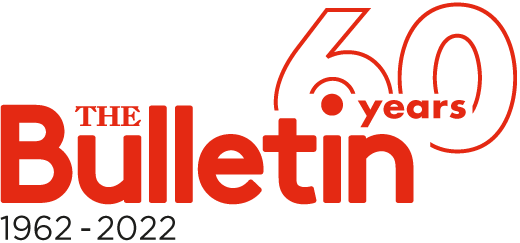- Daily & Weekly newsletters
- Buy & download The Bulletin
- Comment on our articles
News outlets offer free subscriptions to attract young readers
Major Flemish media groups DPG Media and Mediahuis have launched a campaign to attract young people to read news websites, offering free online subscriptions for students under the age of 26.
“For many young people, news is a right, it should be free,” said Ike Picone, professor of media studies at Vrije Universiteit Brussel (VUB), adding that the sentiment is also shared among other age groups.
According to the latest Digital News Report study, only 16% of Belgians paid for news in 2024 – less than the 18% average for the other countries studied, RTBF reports.
Researchers also asked young people what their most important source of news was. Among young Flemish people aged 18 to 24, 9% said television, 7% said newspapers and 4% said radio/podcasts, while 79% said the internet, including 43% who said social media.
“Most young people don’t go looking for news, they check social media to see what's going on and, in doing so, consume information,” said Picone.
In this context, Picone sees it as only logical to try to attract young people to get their information online.
“It's clear that everything is going to happen via the internet," he added." The aim of media organisations is to try to reduce the share of social media and have more direct contact with young people. The media are constantly looking to develop new strategies."
The same conclusion was reached in a 2017 Digital News Report study, which found that just 8% of young Flemish people aged 18 to 24 said they were willing to pay for information – although this proportion rose to 23% in 2021.
The researcher links this development in part to the impact of online paywalls.
“Young audiences are beginning to realise that news is also something you have to pay a little for, like subscriptions such as Spotify and Netflix,” Picone said.
Picone also stressed the importance for traditional media to invest in social media.
“By offering adapted formats that are shorter and more spontaneous, embodied by journalists who are comfortable with the tone and codes of the platform, the media can promote their identity and values while remaining faithful to their journalistic principles,” Picone said, while noting that a presence on social media is not enough.
“On the one hand, they must be visible where everything is free and where young people spend their time. On the other hand, they must gradually attract them to their own spaces, websites, apps or channels, where the information is more structured, verified and in-depth. The idea is to build trust on social media, then encourage young audiences to take the step towards more reliable sources.”
In terms of French-language media strategy, the Rossel group's newspapers (Le Soir and Sudinfo) also offer free access to students under the age of 26, thanks to the sponsorship by private partners - Ethias and ING respectively.
In terms of information consumption habits, the trends among young people in both Flanders and Wallonia are the same: the internet is the main source of information for young people between the ages of 18 and 24.
The #Génération2024 survey conducted by the Higher Council for Media Education also confirmed that young French speakers seem to obtain information mainly in a passive manner: 73% of respondents say they discover news "because the information came to me", while 23% said that they "searched for the information themselves".
The figures from the Digital News Report do show notable differences: 40% of French-speaking Belgians say they can trust most news most of the time. In Flanders, the figure is 47%.
This disparity could be linked to socio-economic factors, according to Picone: “The wealthier a country or region is, the greater the trust in institutions and in the news.”
Another figure supports this hypothesis: 14% of French-speaking Belgians aged 18-24 have paid for news, compared to 23% in Flanders.
Despite certain differences, the media in both regions face the same challenge, Picone concluded: “The challenge is to get young people to start paying for quality information.”
















